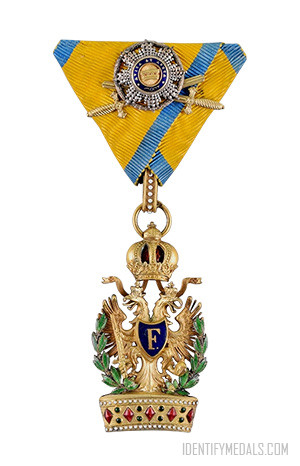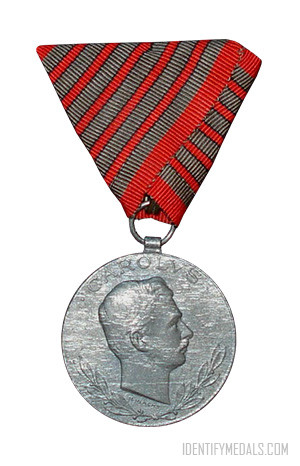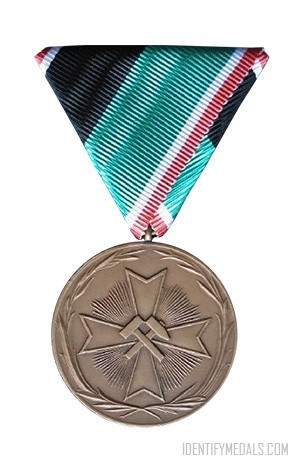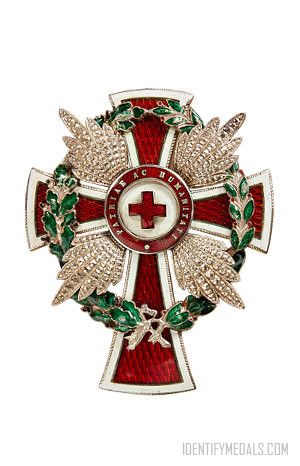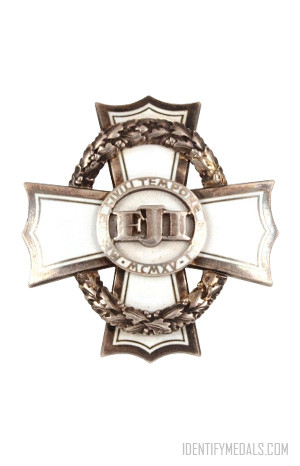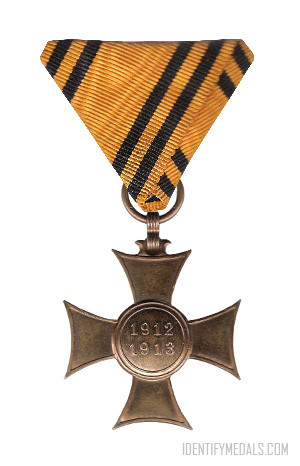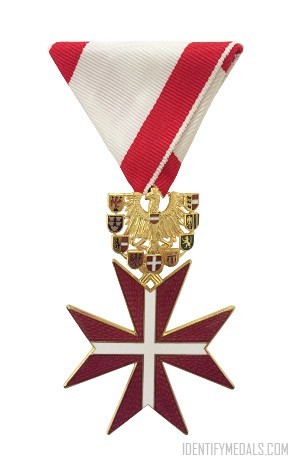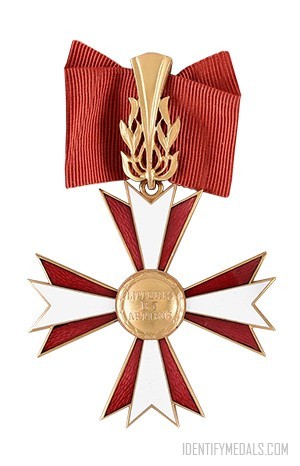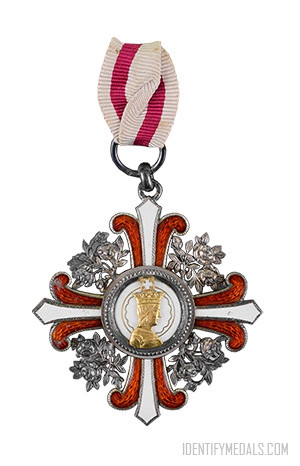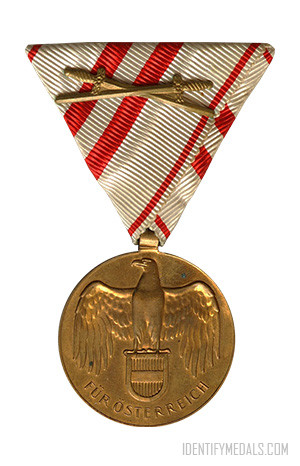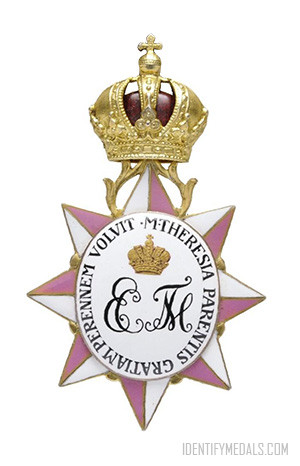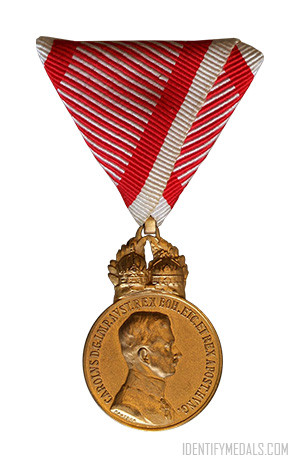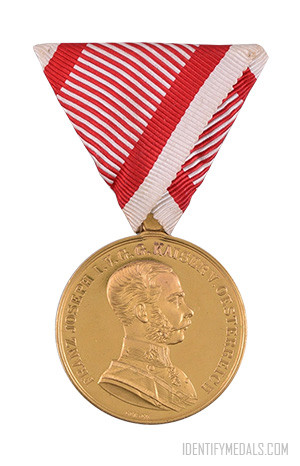- Time Period: Pre World War I
- Institution: 1815
- Country: Austria, Hungary, Kingdom of Lombardy-Venetia
The Imperial Order of the Iron Crown (or Kaiserlicher Orden der Eisernen Krone in German) was one of the highest orders of merit of Austria and Austria-Hungary until 1918. It was established in 1815 by Emperor Franz I of Austria. Appointment to the third or second class of the Order of the Iron Crown became one of the main routes to ennoblement for Austrian bourgeois families and for civil servants and military officers.
The order had three classes and until 1884 all classes conferred automatic hereditary ennoblement. The first class conferred the title of Privy Councillor, the style of Excellency, and the right to attend court. The second class conferred the rank of Baron. The third class conferred the rank of Ritter.
The order could also be awarded to foreigners.
The Order of the Iron Crown Design
The medal bears an imperial eagle set within a representation of the Iron Crown of Lombardy. From 1908 for First Class knights, and from 1917 for Second Class knights, members were authorized to wear a Third Class military medal on the left breast, with an addition of a device known as a “Kleine Dekoration”. The pin device was a miniature version of the First Class breast star, and was worn on the center of the ribbon.
The Second Class Kleine Dekoration was a miniature depiction of the Iron Crown of Lombardy. For knights, it was a crown only for peacetime award, crown encircled by a wreath for the war decoration, and topped with swords for those awards “with swords”, and was worn in the same fashion as that of the First Class knights. Ordinary knights medals were also frequently adorned with crossed swords, pinned to the trifold ribbon.
The ribbon colors changed from the Imperial French gold and green to the Imperial Austrian gold and royal blue. Grand Cross (French) and First Class (Austrian) knights wore a sash and badge over the right shoulder, with an eight-pointed star on the left breast. Imperial French knight commanders wore a traditional military-style medal on the left chest, with a bow in the center of the ribbon. Imperial Austrian Second Class knights wore the medal suspended from a ribbon about the neck. French ordinary knights and Austrian Third Class knights wore a traditional military medal on the left chest.

